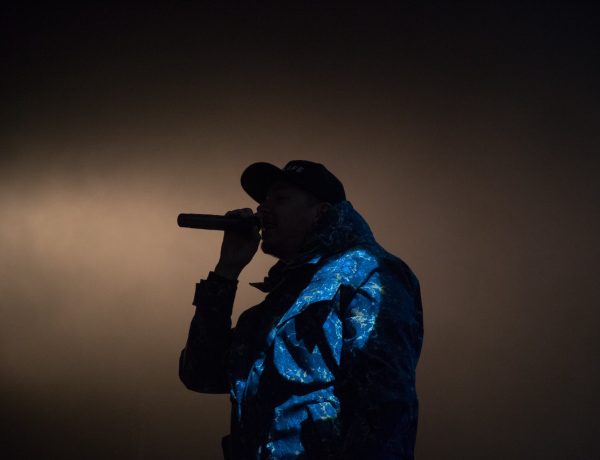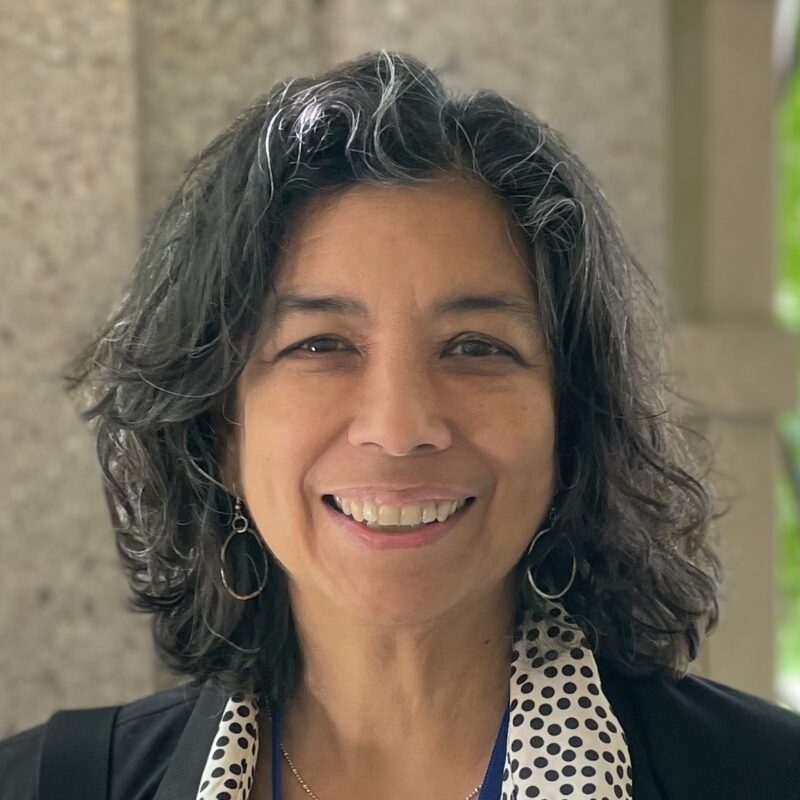By: Erika Beers
I’m just tryna talk to you and tell my life through these speakers… – Polo G, “A King’s Nightmare”
Conversations surrounding social justice in earnest are impossible without invoking the specter of historical trauma. Black Lives Matter is a social justice movement that has taken center stage in our current moment. At its core, the action is intersectional and encompasses issues that range from police brutality, systemic racism, mass incarceration, social and economic inequality, and access to healthcare.
The effects of the COVID-19 pandemic alongside social unrest have brought intersecting conversations surrounding social justice and mental health under a spotlight. Since the onset of COVID-19, emerging data from the Centers for Disease Control and Prevention (CDC) suggests that now approximately a third of Americans experience clinical anxiety and depression, which is a notable increase from before. Further data from the CDC suggests that younger adults, particularly r/acial/ethnic minorities, experience disproportionately worse mental health outcomes including increases in substance use and suicidal ideation.
These troubling disparities are consistent with previous findings that the prevalence of trauma, mental illness, and recent trends (pre-pandemic) of suicidal behaviors are even higher among girls, those who identify as LGBTQ+, and youth of color who face elevated risks of social and environmental stressors (e.g., poverty, victimization, discrimination, incarceration, and complex trauma) (Mental Health America, 2020; Alegria et al., 2015). The impact of Adverse Childhood Experiences (ACEs) and complex trauma have lasting effects on health and well being across the lifecourse (Edwards et al., 2003; Felitti et al., 1998; van der Kolk, 2005). Trauma impedes psychosocial and emotional development, limits our capacity to form and maintain meaningful relationships, and disrupts our ability to self-regulate (van der Kolk, 2014).
Despite rising rates of mental health issues, engaging youth and young adults in mental health services remains a pervasive challenge (SAMHSA, 2020). There are a variety of factors that can influence our decisions to seek and engage in mental health treatment. Some examples include stigma, cultural mistrust, and perceptions or doubts surrounding whether services can even help (Corrigan et al., 2014; Sylwestrzak et al., 2015). These challenges point to the need for innovative interventions that harness strategies spanning beyond conventional methods of talk therapy that are culturally responsive and developmentally appropriate.
The lack of evidence-based practices that harness culturally and developmentally responsive strategies contributes to the persistence of this problem. The World Health Organization (2019) recently synthesized a growing body of evidence on how music and expressive arts strategies can support engagement, prevention, and treatment of health and mental health conditions. This WHO report highlights the capacity of music, rhythm, and visual arts to stimulate aesthetic engagement, imagination, sensory activation, evocation of emotion, and cognitive attention.
This is particularly relevant in the context of complex and developmental trauma as strategies that are rhythmic have the ability to bypass higher order cognitive processes (i.e., traditional talk therapy) and engage more primitive regions of the brain (i.e., bottom-up approach) (van der Kolk, 2014; Perry, 2017; Malchiodi, 2020. van der Kolk (2014) illustrates this concept by noting, “severely traumatized people may get more out of simply helping to arrange chairs before a meeting or joining others in tapping out a musical rhythm on the chair seats than they would from sitting in those same chairs and discussing the failures in their life” (p. 87). Therapeutic intervention strategies that are synchronized and rhythmic can help foster neural integration, improve emotional regulation, and reduce levels of stress, anxiety, and depression (Chanda & Levitin, 2013; Lin et al., 2011; Perry, 2017; Siegel, 2010; van der Kolk, 2014).
Access to culturally responsive therapeutic interventions that resonate with the individuals they are serving can influence a range of contrasting health and well being outcomes. Unfortunately, that access is unequal. Marginalized communities face significant hurdles accessing healthcare broadly compared to their white counterparts. Increasing accessibility is a central motivation for each of the organizations and clinicians named in this piece.
This piece will delve into these issues by highlighting how a network of practitioners and researchers harness the potential of Hip Hop culture and the expressive elements it entails as a culturally responsive and trauma-informed vehicle to promote positive youth development, social-emotional well being, engagement, and most importantly, long-term health outcomes. In this piece, we will highlight the work of Dr. Elliot Gann (Today’s Future Sound), Dr. Raphael Travis (Texas State University), J.C. Hall (Mott Haven Community High School), Aaron Rodwin (New York University), and Max Kline and Jonah Scott (Rhythmic Mind).
They are united by their passion and commitment to using and developing the inherently therapeutic elements of Hip Hop to promote well being while also sustaining their unique theoretical approaches. What is unique about this collaborative is that each of these individuals works with diverse populations that range from at-promise/risk youth (many of whom are in foster care and/or juvenile-justice involved) to homeless adults with severe and persistent mental illness. These individuals collaborate with each other (e.g. present at conferences, publish research articles) to develop, refine, disseminate, and implement their approaches and research to expand their capacity to address the complex needs of the populations with whom they work.

Introducing the Role of Hip Hop in Therapeutic Spaces
While there is ample historical evidence that Black communities have been relying on music to grieve, heal from and process their traumas, both individually and communally, the idea of marrying Hip Hop and therapy formally gathered strength in the 1990s. This official recognition was achieved thanks to the thoughtful, meticulous mind of pioneering clinician and researcher Dr. Edgar Tyson (1963-2018) through his innovative intervention Hip Hop Therapy (HHT) (Tyson, 2002).
“As a sample-based therapy, HHT takes on what is relevant to the client within more traditional approaches, reimagines the applicability and procedural processes, and discards the rest. In the same way the sonic arrangements characteristic of Hip Hop music were developed through the revision of popular records and the rejuvenation of dated or abstract ones, Hip Hop therapy is a culturally relevant remix of therapeutic conceptions that revitalizes the many merits of established forms that have traditionally overlooked disenfranchised populations (Tyson, Hall, & Montero, 2016).” (hiphoptherapy.com)
Dr. Tyson first coined the term and developed the foundation for this framework in 1996 as a social worker in a Miami-Dade residential facility for justice-involved youth. He emphasized cultural sensitivity and responsiveness in his research and underscored the importance of innovation to shape interventions to the people they intend to help. Tyson (2002) initially conceptualized HHT as the fusion of principles from music therapy and bibliotherapy, all within the context of Hip Hop culture, which he stressed is “the central mechanism of HHT” (Tyson, 2002, p. 134). As Tyson’s work evolved, he expanded the theoretical framework to include solution-focused (Tyson & Baffour, 2004) and cognitive behavioral approaches (Kobin & Tyson, 2006), and others have built upon it since, highlighting its overlaps with narrative (Allen, 2005), psychodynamic (Hara, 2012), and expressive arts therapy (Hall, 2016).
While other rap-based interventions have surfaced, HHT is set apart by Tyson’s (2002) assertion that Hip Hop music is not something that can be distilled from the culture in which it exists. He advocated for the inclusion of cultural nuances in the therapeutic process and authentically connecting with the youth he served. Dr. Tyson knew from his experiences working with traumatized adolescents that “[o]ne of the hardest things to do was to get these young men to come to group therapy to talk about their issues.” —quoted from https://news.fordham.edu/inside-fordham/social-work-professor-taps-into-hip-hop-for-healing/ (Sassi, 2011).
When Dr. Tyson passed suddenly in 2018, leaving many research projects and a textbook unfinished, a website dedicated to his work, hiphoptherapy.com, was launched by his former mentee, J.C. Hall. For 22 years, Dr. Tyson grounded this innovative approach in empirical research and methodology that he never stopped developing. His legacy lives on, and the reverberations of his brilliance and imagination will continue to transcend time and space, much like Hip Hop itself.
[Read more about the applications of Hip Hop Therapy in next week’s blog post!]



